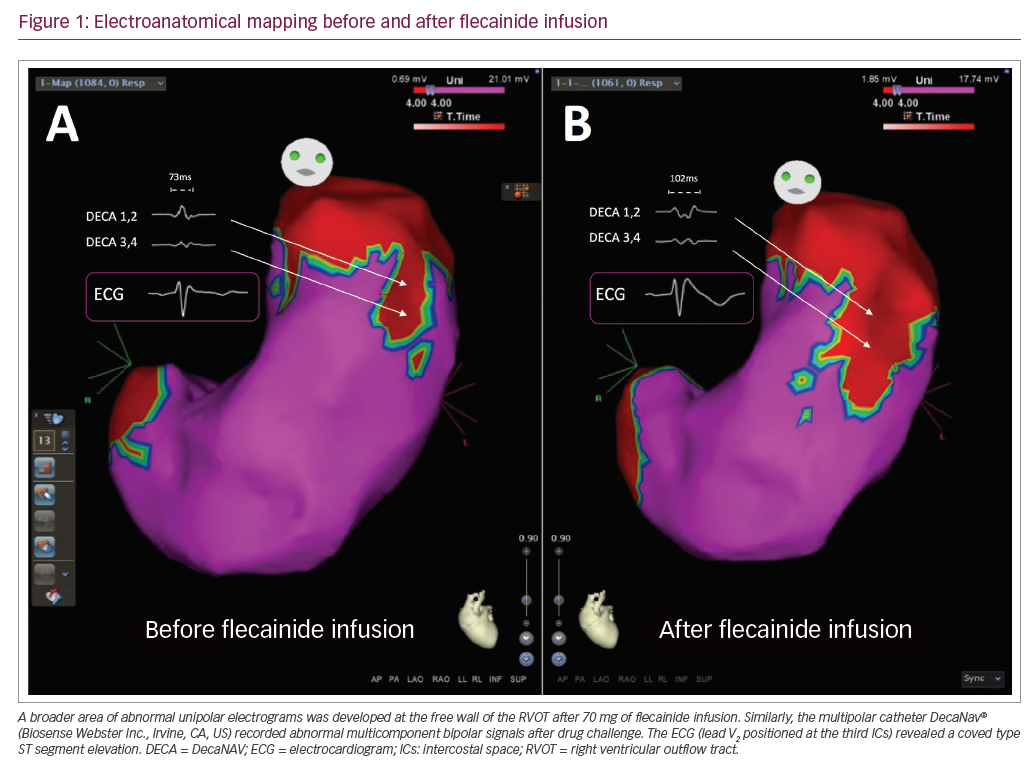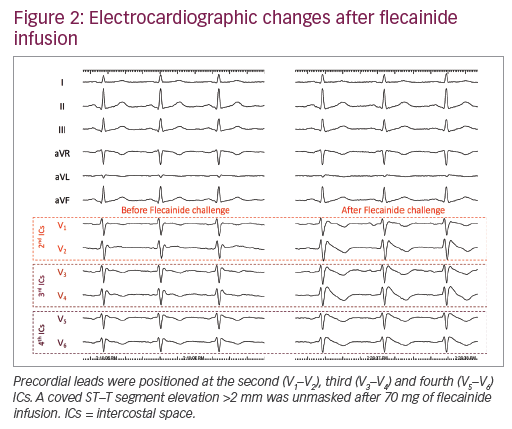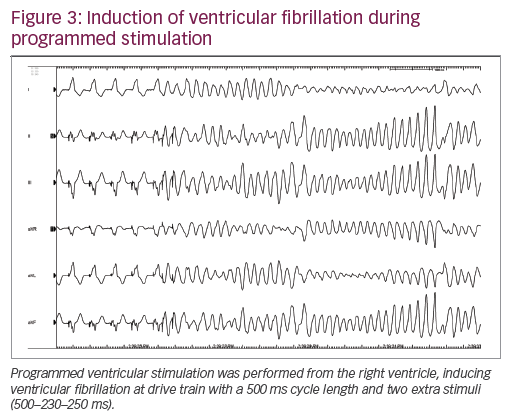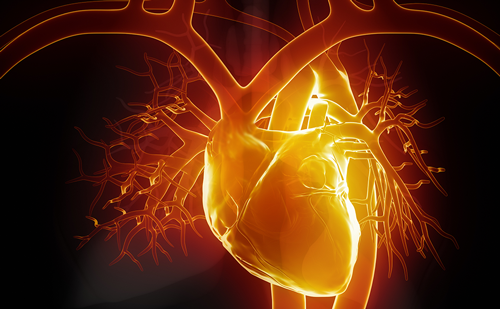Brugada syndrome (BrS) is a genetic arrhythmia syndrome with increased risk of sudden cardiac death. Unmasking a type I BrS electrocardiogram (ECG) pattern after administration of sodium channel blockers may be associated with an increase in epicardial substrate abnormalities. We hypothesised that high-density endocardial unipolar voltage mapping of the right ventricular outflow tract (RVOT), before and after flecainide infusion in a patient with BrS, may detect enhancement of the electroanatomical abnormalities possibly related to the modification of the abnormal epicardial tissue.
A 40-year-old male asymptomatic patient with BrS was referred to our centre and underwent electrophysiological study for risk stratification via programmed ventricular stimulation. Initially, he underwent high-density endocardial voltage mapping of the RVOT during sinus rhythm. Cardiac-magnetic resonance imaging ruled out structural heart disease. More than 1,000 points were sampled throughout the RVOT using a multi-electrode mapping catheter. The reference value for normal unipolar electrograms was set at >4 mV and electroanatomical maps were performed before and after flecainide infusion (70 mg). As shown in Figure 1, the patient displayed a small area of unipolar voltage abnormalities beneath the pulmonary valve (Figure 1A). After administration of flecainide, a Brugada ECG pattern with typical coved ST elevation >2 mm in right precordial leads is seen (Figure 2), and a broader area of abnormal unipolar signals was developed at the free wall of the RVOT (Figure 1B). Programmed ventricular stimulation was performed from the right ventricle, inducing ventricular fibrillation (VF) (Figure 3). Endocardial unipolar mapping after sodium channel challenge may accurately identify the epicardial arrhythmogenic substrate and may have potential clinical implications in endocardial ablation strategies.
The endocardial unipolar voltage abnormalities possibly reflect the epicardial bipolar voltage abnormalities that have been detected at the RVOT of patients with BrS.1,2 Venlet et al. have shown that the optimal endocardial unipolar voltage cut-off for the identification of epicardial right ventricular scar was 3.9 mV in patients who underwent endocardial and epicardial right ventricular voltage mapping.3 Brugada et al. elegantly demonstrated a significant increase in low bipolar voltage epicardial areas in RVOT after flecainide infusion.2 Flecainide facilitates the identification of the extension and distribution of arrhythmia substrate during epicardial mapping.2 Epicardial substrate elimination was associated with normalisation of BrS ECG pattern and the absence of ventricular tachycardia/VF inducibility. In addition, an endocardial ablation approach has been shown to normalise the ECG and to supress VF storms.4 Endocardial unipolar mapping after sodium channel challenge may accurately identify the epicardial arrhythmogenic substrate and may have potential clinical implications in endocardial ablation strategies.










